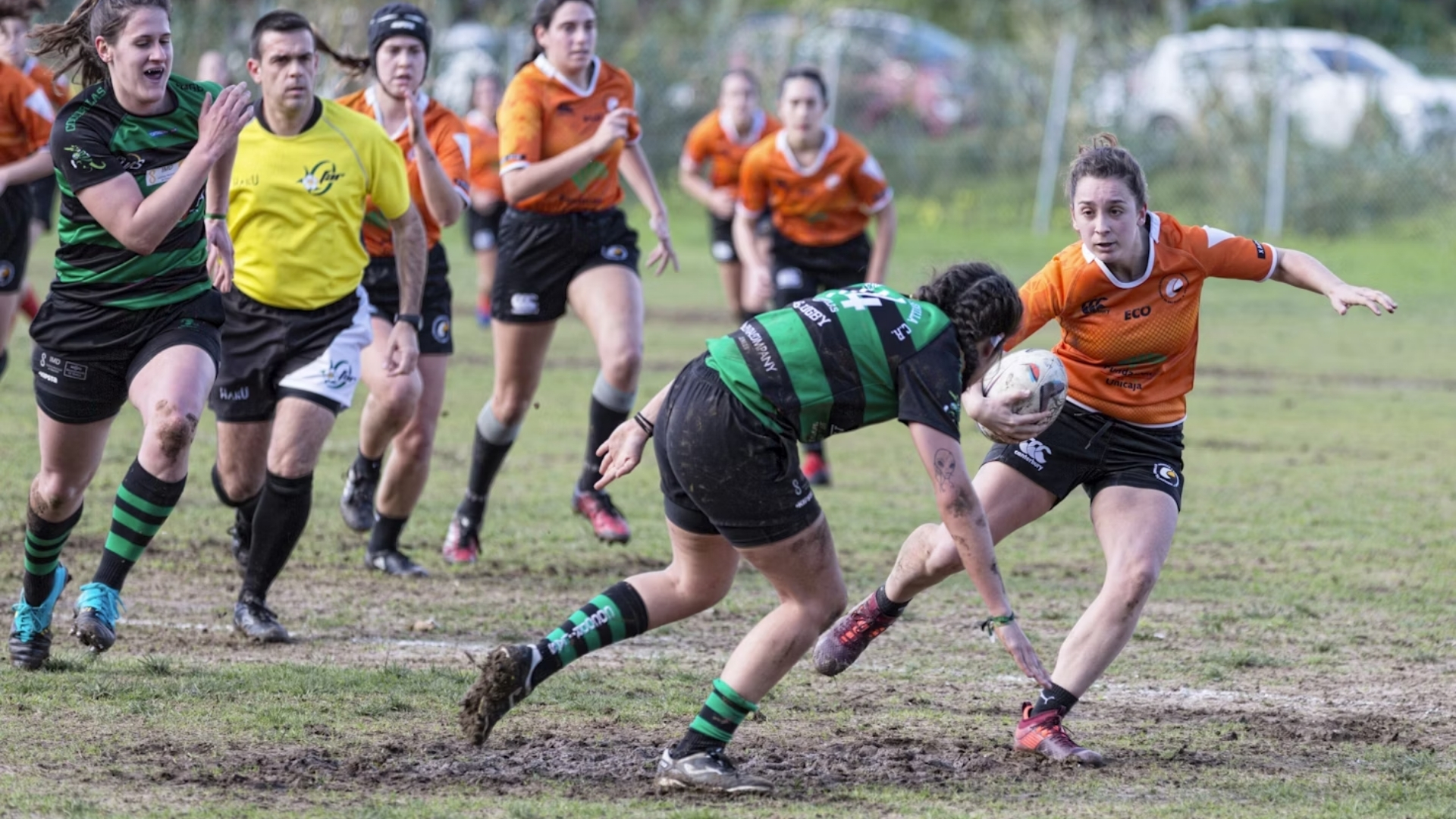Ever wonder what a rugby flanker does? Let’s go into this crucial situation that has the power to win or lose a game.
The Flanker: Rugby’s Swiss Army Knife

The best all-around players in rugby union are flankers. They wear numbers 6 and 7 and are positioned in the back row.
These guys are like the special forces of the rugby world. They do everything and are everywhere.
Consider them as the binding agent between the forwards and backs.
Openside vs Blindside: The Dynamic Duo
There are two types of flankers: openside and blindside.
Openside flankers (usually number 7) are like breakdown specialists. They’re the first to the ruck, looking to steal the ball.
Legends like Richie McCaw and David Pocock made the openside role famous.
Blindside flankers (number 6) are typically bigger and more physical. They’re crucial in the lineout and maul.
What’s In A Flanker’s Job Description?
Flankers have a laundry list of responsibilities:
• Tackle machines: They’re often leading the tackle count
• Turnover specialists: First to the breakdown, looking to pilfer the ball
• Ball carriers: Strong runners who can break the gain line
• Support runners: Always there to support the ball carrier
• Lineout options: Especially the blindside flanker
• Link players: Connecting the forwards and backs in attack
Defensive Duties
In defence, flankers are like guard dogs. They are constantly searching.
They are essential in slowing down the opponent ball because they are the first line of defense from the scrum.
They aim to either steal the ball from the opposition or secure their team’s ball in the breakdown.
Attacking Contributions
In attack, flankers are everywhere. They’re supporting runners, carrying the ball, and even acting as playmakers.
They’re often the link between forwards and backs, crucial in maintaining attacking momentum.
The Ideal Flanker: A Rugby Unicorn
The perfect flanker is a rare breed. They need:
• Speed: To get to the breakdown first
• Strength: To dominate in tackles and contests
• Stamina: To maintain high work rate for 80 minutes
• Skills: Handling, passing, and decision-making under pressure
• Smarts: Reading the game and making quick decisions
Think Sam Warburton or Michael Hooper. These guys embody what it means to be a modern flanker.
The Evolution of the Flanker Role

The flanker role has evolved massively in the professional era.
Back in the day, they were mainly tackling machines and breakdown specialists.
Now, they’re expected to be ball players, line breakers, and even kickers in some cases.
The introduction of the Rugby World Cup and the professionalization of the sport have pushed flankers to become more versatile.
Flankers: The Backbone of Team Strategy
Coaches build their game plans around their flankers.
A dominant openside can dictate the pace of the game at the breakdown.
The foundation of a team’s set-piece and defensive scheme can be a powerful blindside.
The play of the flankers frequently swings the outcome in large-scale games held at locations like Eden Park or Twickenham Stadium.
What does a flanker in rugby mean? These are the industry’s unsung heroes, its influential people.
A thorough understanding of this role is essential to fully appreciate the exquisite complexity of rugby union.
Famous Flankers: The Legends of the Back Row
A few flankers throughout rugby history have made an indelible mark.
Richie McCaw, a Kiwi, is one of history’s best openside flankers. His ability to analyze the game and identify breakdowns was unrivaled.
Australian David Pocock, sometimes known as “Jackal,” was a virtuoso at forcing turnovers and could alter the tide of a game in his favor.
The Flanker’s Impact on Modern Rugby
As rugby has evolved, so has the importance of the flanker:
- Breakdown battles: With the increased emphasis on quick ball, flankers are crucial in either securing or slowing down possession.
- Defensive systems: Many teams now employ a “rush defence,” where flankers play a key role in applying pressure.
- Attack patterns: Flankers are increasingly involved in attacking plays, often acting as additional playmakers.
Flankers in Different Rugby Competitions

The role of flankers can vary slightly depending on the competition:
- Six Nations Championship: In the physical Northern Hemisphere game, flankers are often used as primary ball carriers.
- Super Rugby: In this fast-paced league in the Southern Hemisphere, flankers cover more ground and participate in more open play.
- Rugby World Cup: With their ability to force turnovers or make vital tackles, flankers frequently make the difference in close games on the grandest stage.
Training to Be a Flanker
Aspiring flankers need a well-rounded training regimen:
• Cardiovascular fitness: To maintain high work rate throughout the match
• Strength training: For dominance in tackles and contests
• Skills work: Improving handling and decision-making under pressure
• Mental preparation: Understanding game plans and opposition analysis
The Future of the Flanker Position
As rugby continues to evolve, so will the flanker role:
• Increased specialization: We may see more distinction between openside and blindside roles
• More involved in attack: Flankers may become even more integral to attacking structures
• Adapting to rule changes: As World Rugby tweaks laws, flankers will need to adapt quickly
Conclusion: The Indispensable Flanker
In open play, the scrum, lineouts, and rucks, flankers are used. They are the Swiss Army knife of rugby.
They are the pinnacle of ability, possessing strong reflexes and keen tactical awareness.
Flankers often make the difference at crucial moments, whether they are playing in the Millennium Stadium for a Six Nations contest or on the hallowed grounds of Eden Park for a Bledisloe Cup encounter.
The flanker position must be understood due to rugby union’s extreme complexity. This implies that you should seek out the players who wear numbers 6 and 7 the next time you’re at a game because they’ll probably be in the middle of the action.